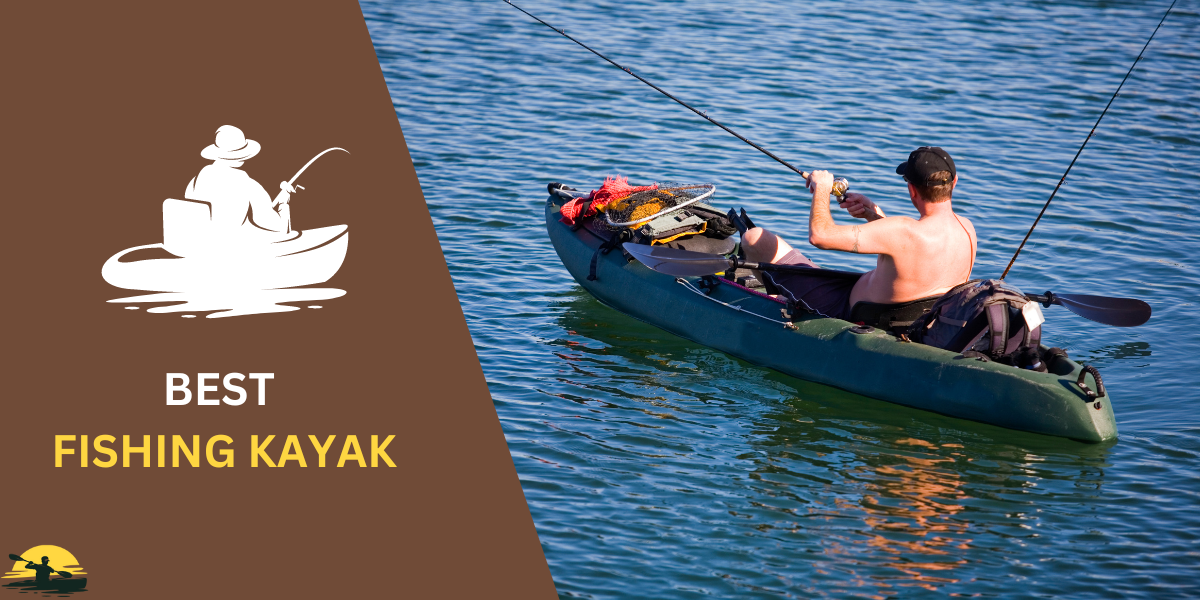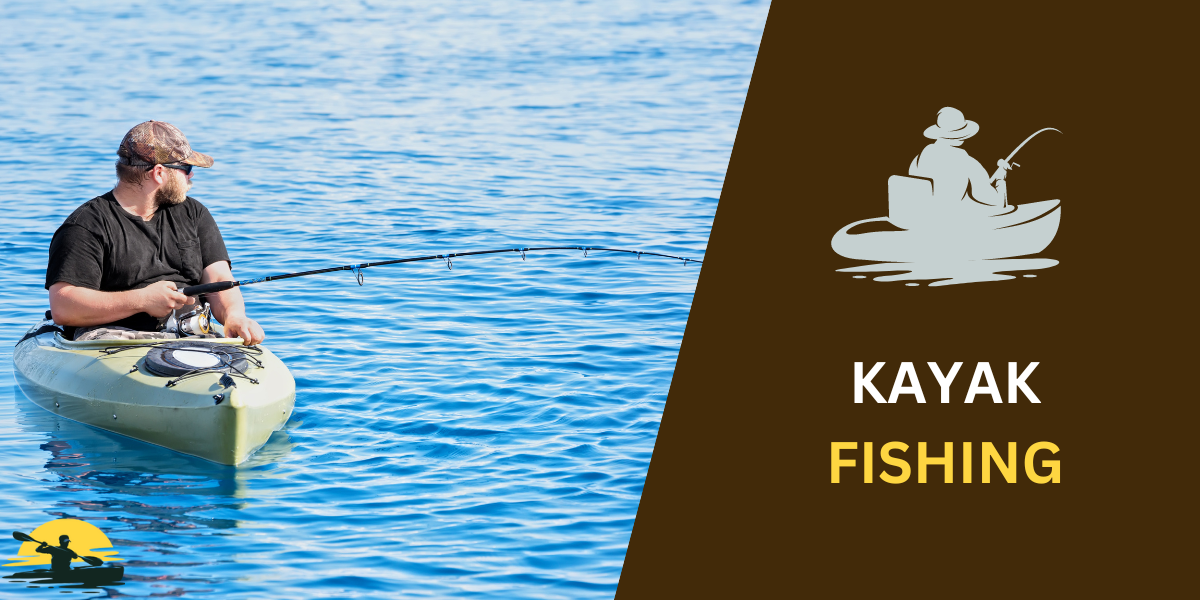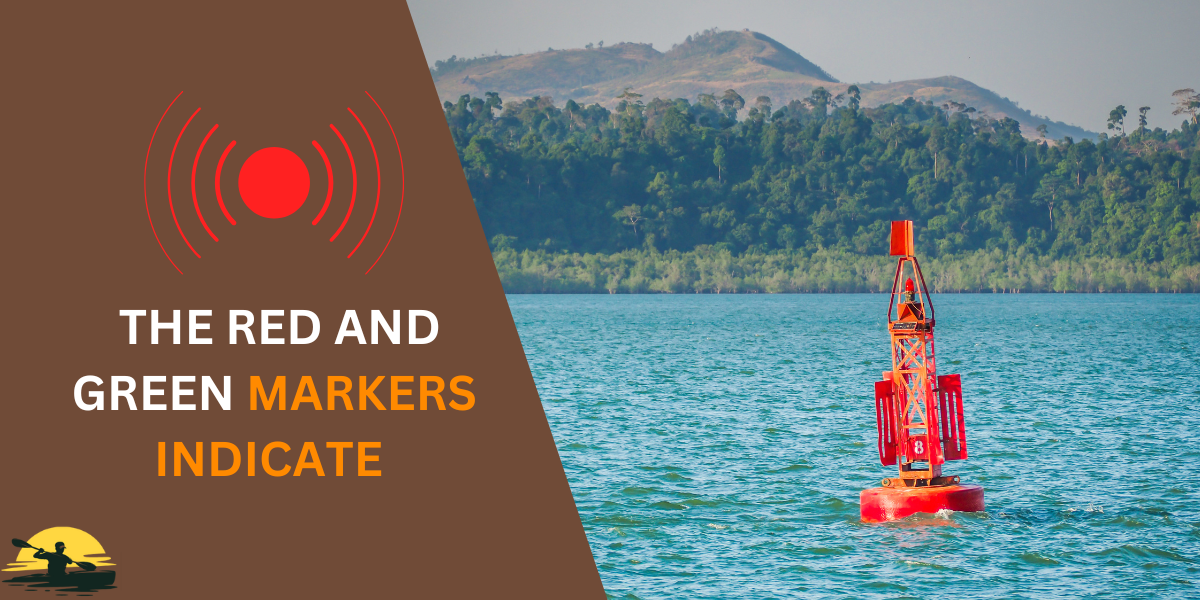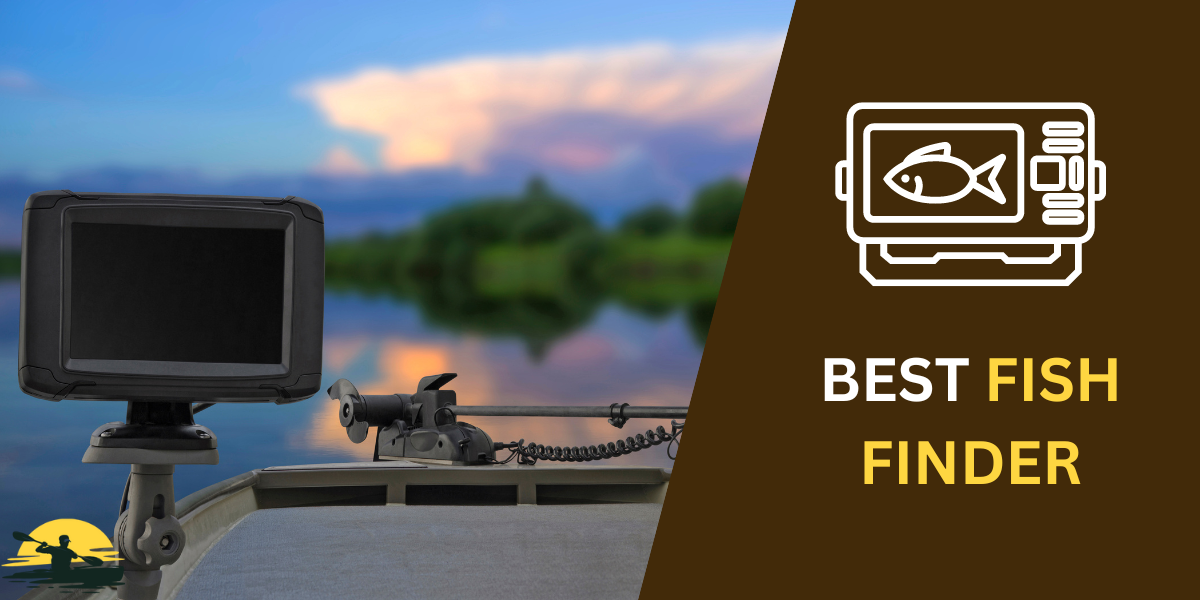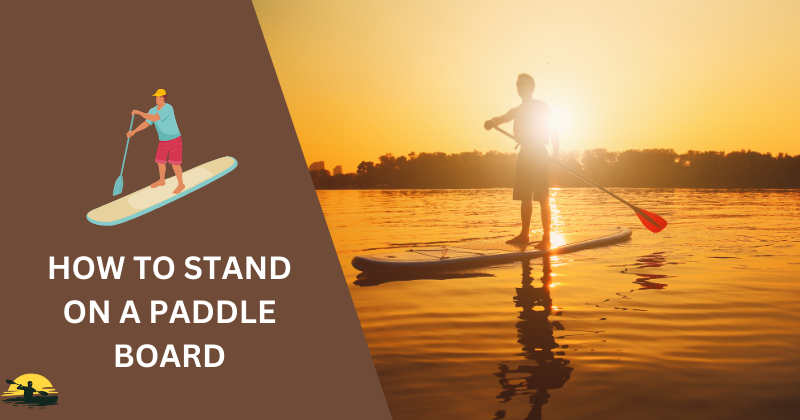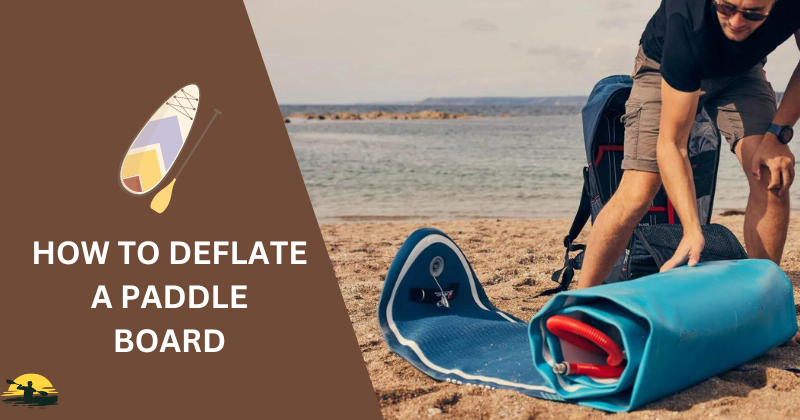
Deflating your paddle board doesn’t have to be a hassle!
Whether you’re storing it for the winter or packing it for a trip, this guide will show you how to deflate any inflatable board quickly and easily.
We’ll cover everything step-by-step, plus we’ll give you some helpful tips to make it even easier.
Get ready to say goodbye to struggling with your board and hello to more fun on the water!
How to Deflate a Paddle Board:
- Locate the air valve: Usually on the back of the board.
- Unscrew the valve cap: Twist counterclockwise to remove.
- Press the valve pin: Use your finger or a deflation tool.
- Roll the board: Start from the opposite end of the valve, rolling tightly to push out air.
- Store properly: Once deflated, fold or roll the board and store in a cool, dry place.
Why Bother Deflating Your Paddle Board?
Think of your inflatable paddle board as a giant balloon.
When it’s full of air, it’s fun to ride but not so easy to move around or put away. That’s why knowing how to deflate a paddleboard is important.
Here’s why deflating your board is a good idea:

- Easy Storage: When it’s deflated, your board becomes way smaller and can easily fit in a closet, under your bed, or in the trunk of your car.
- Simple Transport: Carrying a big, inflated board isn’t fun. Deflating it makes it a breeze to take anywhere.
- Keeps it in Good Shape: Deflating your board the right way helps it last longer. It prevents the material from stretching too much and keeps the seams from getting weak.
Plus, if you have an electric pump, you don’t even have to use your muscles to get all the air out. So, it’s really a win-win!
Here’s What You’ll Need to Deflate Your Board
Before we start, let’s make sure you have everything you need. Don’t worry; this is a short list!
- Valve Wrench or Key: This little tool is usually included with your board. It’s what you use to open and close the air valve. If you can’t find it, don’t worry! A flathead screwdriver usually does the trick.
- Towel or Cloth: This is optional, but it’s nice to have something to wipe down the valve and keep things clean.
- Optional: Electric Pump: This is the same pump you use to inflate your board. If you have one, it can make deflating your board even faster. But don’t worry, you can totally deflate it without one.
- Optional: Hand Pump: If you don’t have an electric pump, a hand pump can also speed things up.
Once you’ve got your tools ready, we can move on to the fun part – actually deflating your board!
Deflate Your Board in 6 Easy Steps
Alright, let’s get your inflatable SUP deflated. Follow these steps, and you’ll be done in no time:

- Find a Clean Spot: Look for a clean, flat surface to work on. Your driveway, garage, or even a grassy spot in your backyard will do.
- Open the Valve: Look for the air valve at the back of your board. Remove the valve cap, and if there’s a yellow pin in the center of the valve, push it down. Now, use your valve wrench or a flathead screwdriver to turn the valve counterclockwise. It should pop up slightly.
- Release the Air: If you’re using an electric pump, connect the pump hose to the valve and switch the pump to “deflate” mode. If you’re using a hand pump, do the same thing – just be ready for a little arm workout! If you don’t have a pump, press down on the inner part of the valve to release the air. You might hear a hissing sound – that’s totally normal!
- Roll It Up: Starting at the nose (front) of the board, tightly roll it up towards the tail (back). This will help push out any air that’s still trapped inside. Go slowly and make sure the roll is tight.
- Check for Air Pockets: Once you’ve rolled it up as tightly as you can, feel around the board for any air pockets. If you find any, gently press them to squeeze out the remaining air.
- Close the Valve: When you’re sure all the air is out, turn the valve clockwise to close it. Screw the valve cap back on tightly so no air can get back in. If your valve has a yellow pin, remember to pull it back up.
That’s it! You’ve successfully deflated your paddle board. Wasn’t that easy?
Tips to Make Deflating Your Board Even Easier
Here are a few tricks to make deflating your board even faster and simpler:

- Pick a Warm Spot: Heat makes air expand, so if you deflate your board somewhere warm, like in the sun or a heated garage, the air will come out more easily.
- Stand It Up: If you can, try standing your board upright while you deflate it. This helps the air move towards the valve.
- Rinse It Off: If your board is salty or dirty from being in the water, give it a quick rinse with fresh water before you deflate it. This will help keep the valve clean and working properly.
- Use a Pump’s Hose: Even if you’re not using an electric pump to deflate your board, you can still use its hose. Just connect it to the valve and let the air naturally escape. This can be faster than just pressing on the valve with your finger.
After deflating your board, make sure it’s completely dry before you roll it up & store it in its board bag. This will simply prevent mold or mildew from forming.
What If I Run Into Problems Deflating My Board?
Don’t worry if you run into a few hiccups while deflating your paddle board. Here are some common issues and how to fix them:

- Air Won’t Come Out: If air isn’t coming out, make sure the valve is in the open position (turned counter-clockwise). If it is and the air still won’t come out, double-check that the inner pin is pressed down. Sometimes, this little pin gets stuck.
- Not All the Air Comes Out: If you need help getting all the remaining air out, try rolling the board up even tighter. If that doesn’t work, try gently pressing on different parts of the board while it’s in the down position. You should roll and unroll it a couple of times to get all the air out.
- The Valve Leaks: If you notice air leaking from the valve, it might need to be tightened or replaced. Check your board’s manual for instructions on how to do this. If you’re not comfortable doing it yourself, you can always take it to a shop that specializes in paddle board repairs.
Most deflation problems are easy to fix. But if you’re really stuck, feel free to ask for help from a friend or someone at a paddleboard shop.
Troubleshooting Common Deflation Issues
See, deflating your paddle board is easier than it might seem at first. With a little practice, you’ll be able to deflate your board in minutes.

It’s a simple thing to learn that can make your paddling adventures even more enjoyable. Just imagine how much easy it will be to store and transport your board once you’ve mastered this skill!
Next time you’re getting ready to put your board away, don’t stress about deflating it.
Just follow the steps we’ve covered, and you’ll have your board deflated and packed up in no time. And remember, if you ever need help, refer back to this guide or ask for help.
Now, go out there and enjoy your time on the water! We can’t wait to see you with your board inflated and ready to ride again soon!
Conclusion
There you have it – everything you need to know about how to deflate a paddle board quickly and easily. We’ve covered why it’s important, what tools you need, and a simple step-by-step guide.

Just remember a few key things: open the valve counter-clockwise, press the yellow pin down (if your board has one), roll the board up tight starting from the nose, and if you can, try standing your board upright while you deflate it to help the air move towards the valve.
With these tips and tricks, you’ll be a deflation pro in no time.
Now, go out there and enjoy your paddle-boarding adventures without worrying about the hassle of packing up afterward!
Frequently Asked Questions
How long does it take to deflate a paddleboard?
Deflating a paddle board usually takes about 5-10 minutes. If you’re using an electric or hand pump, it can be even faster.
Why won’t my paddle board deflate all the way?
Make sure the valve is fully open, and the valve’s yellow pin (if it has one) is pushed down. Rolling the board tightly from the nose to the tail will help push out any remaining air.
Is it better to deflate a paddleboard in a warm or cold environment?
Deflating in a warm environment is easier because heat makes the air expand and escape faster.
Should I store my paddle board rolled up tightly or loosely?
It’s best to loosely roll your paddle board to avoid creases or damage. You can always tighten it up a bit when you place it in the storage bag.
Can I deflate my paddle board without a pump?
Yes, you can deflate your paddle board without a pump. Open the valve, press down on the inner pin (if there is one), and roll the board up tightly. You can also try standing the board in an upright position to encourage air to flow towards the valve.


